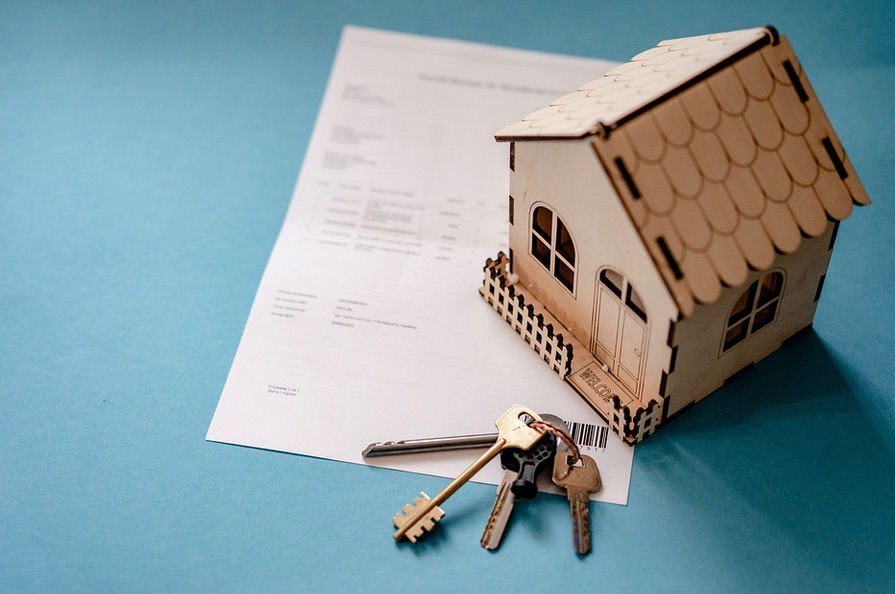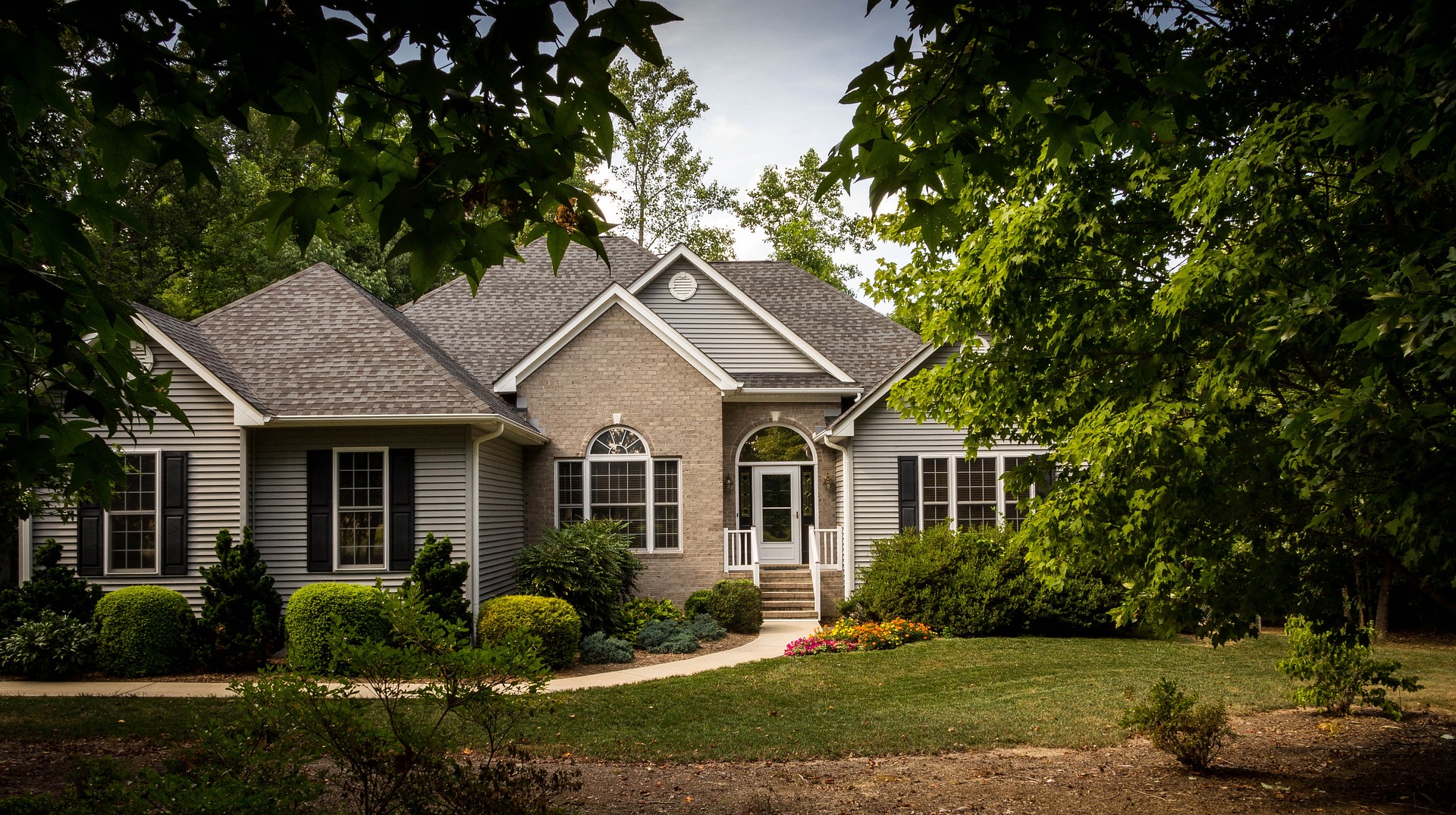Mortgage rate lock-in will continue to be a major challenge for the housing market in the remainder of 2023, according to the Realtor 2023 Forecast Update.
While prices have eased slightly, higher mortgage rates are hurting affordability, and many of those who already own a home are not incentivized to list. As a result, the total number of home sales (projected to be down 15.8% to 4.2 million) is likely to be at its lowest point since 2012. On the rental side, prices are expected to drop slightly on the year (-0.9%), as strong multi-family construction is improving inventory.
“High inflation and the Fed’s actions to curb it have had a significant impact on the housing market this year. And while inflation has begun to ease, the sustained spike in mortgage rates was enough to stifle the housing market after several years of low rates and strong activity,” said Realtor Chief Economist Danielle Hale. “The housing market has really seen a double whammy in 2023, with a retrenchment in the number of homes for sale coupled with still-high prices and mortgage rates that have kept both first-time and repeat buyers on the sidelines.”
Affordability improving, but still a long way to go
Home prices have been supported by persistent underbuilding relative to household growth over the last decade, but low affordability has had an outsized impact on demand. As a result, Realtor now expects a modest decline in home prices of 0.6% for the year. The expectation is that mortgage rates will also be slightly lower than originally anticipated, but not low enough to bring down buying costs until the end of the year. As inflation is expected to cool gradually, we expect that mortgage rates will start to do the same beginning mid-year and nearing 6% by the end of the year. For the year as a whole, the cost of a mortgage is expected to be up 10.5% compared to 2022.
Mortgage rate lock-in effect impacting inventory
Realtor expects home sales to decline 15.8% in 2023 for a total of about 4.2 million sales for the year, the smallest annual total since 2012. Mortgage rate lock-in has been a stronger factor than initially expected, and the number of homes for sale has not met initial projections. As a result, the expectation now is for inventory levels to slip 5% for the year, and not the growth projected in the initial forecast.
“The vast majority of homeowners locked in low rates during the pandemic and aren’t particularly excited to give them up in order to buy a new home, unless they really need to move for personal reasons,” said Hale.
Rental prices pull back
Challenging conditions in the housing market will lead many to continue renting, driving ongoing demand for rentals through the second half of 2023. However, the strong uptick in new multi-family construction and people choosing to stay in their unit in order to save money is likely to decrease competition for new units and lead to a slight annual decline in rental prices (-0.9%). However, despite this pull-back, rental prices are still historically high with the average rent about $350 more than it was pre-pandemic.
Other economic factors to consider
Despite the Fed’s tightening, the economy and labor markets have shown resilience. And while paychecks haven’t kept pace with inflation, Americans have dipped into pandemic savings and continued to spend money. While this is boosting the current economy, it could have an impact in the future if consumers burn through savings and need to rely on high-interest debt.


